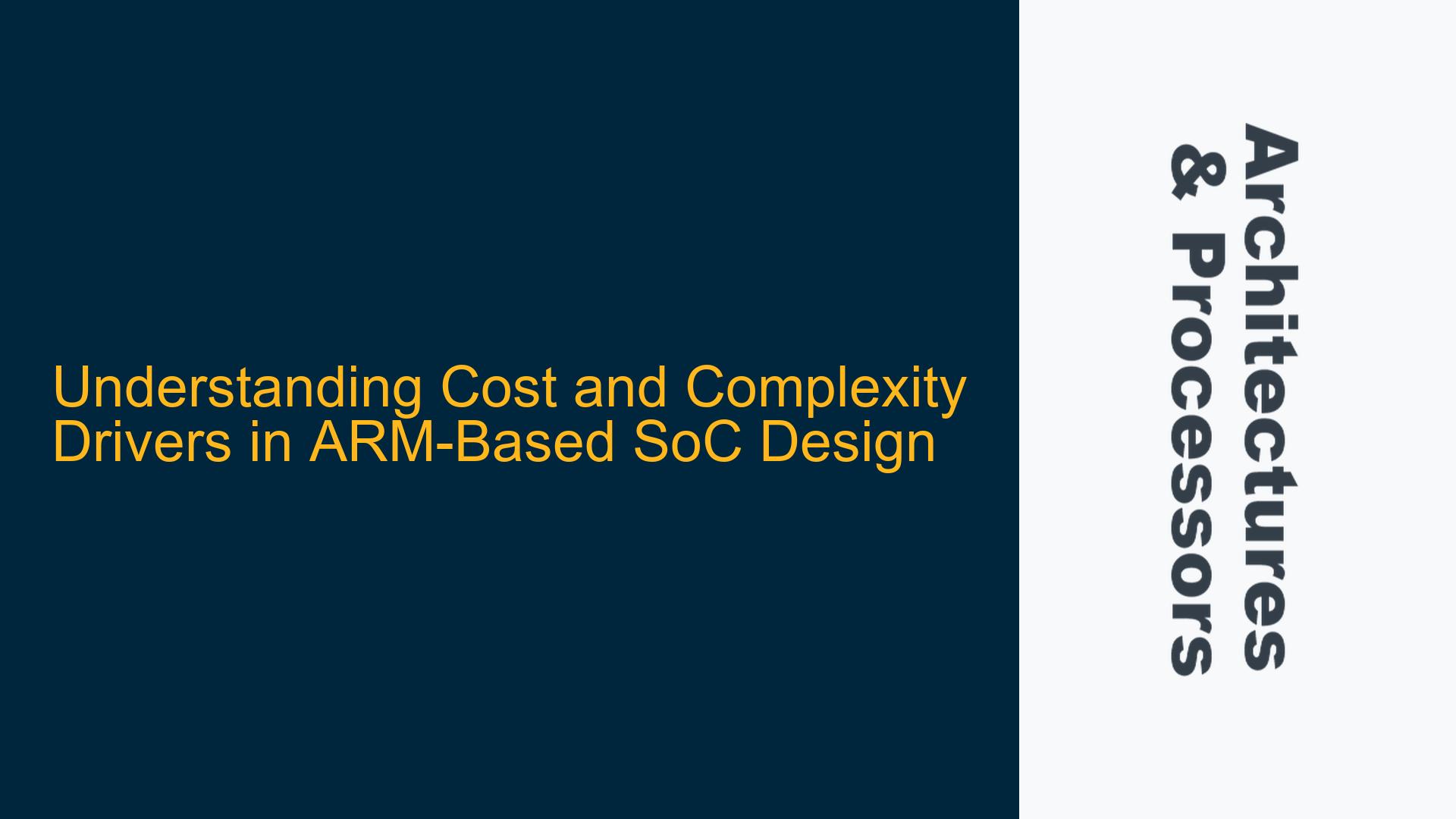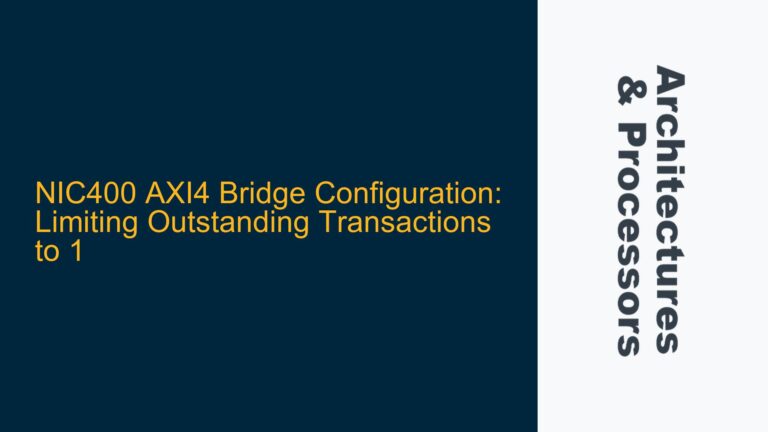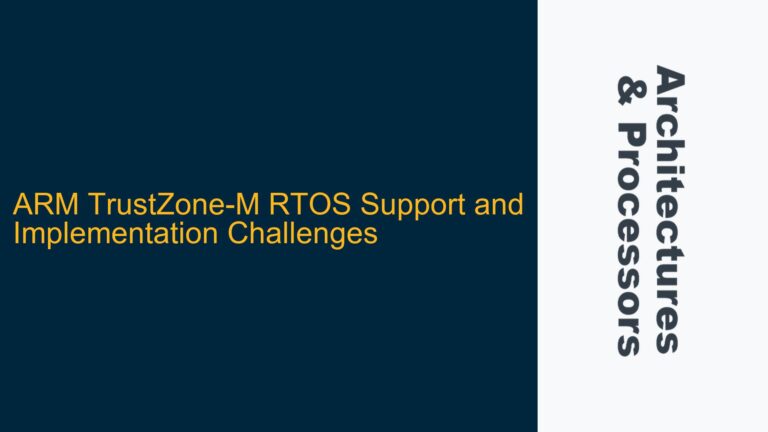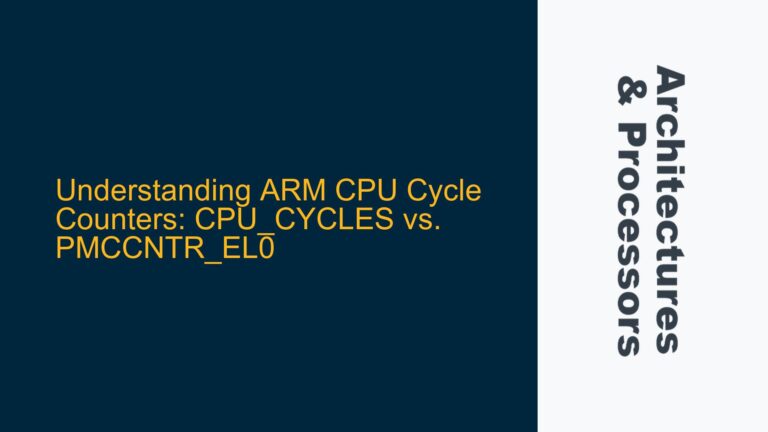ARM SoC Cost Variations: From $10M to $100M Development Budgets
The cost of developing an ARM-based System-on-Chip (SoC) can vary significantly, ranging from $10 million to over $100 million. This variation is driven by multiple factors, including design complexity, IP integration, verification efforts, and manufacturing considerations. At the lower end of the spectrum, SoCs in the $10-50M range typically target well-defined markets with established use cases, such as IoT devices or automotive microcontrollers. These designs often leverage mature ARM Cortex-M or Cortex-R series processors, standardized AMBA interconnects, and off-the-shelf peripherals. The reduced complexity allows for smaller design teams, shorter development cycles, and lower verification overhead.
In contrast, SoCs in the $50-100M range are often designed for high-performance computing, AI/ML acceleration, or advanced automotive applications. These designs incorporate high-end ARM Cortex-A series processors, custom accelerators, and complex memory hierarchies. The increased complexity necessitates larger teams, extended verification cycles, and more sophisticated design methodologies. Additionally, these high-end SoCs often require advanced manufacturing processes, such as 5nm or 3nm nodes, which significantly increase non-recurring engineering (NRE) costs.
The primary cost drivers in ARM SoC development can be categorized into three main areas: design complexity, verification effort, and manufacturing considerations. Design complexity encompasses the number and type of IP blocks, the sophistication of the interconnect fabric, and the level of customization required. Verification effort is influenced by the need to ensure functional correctness, performance targets, and compliance with industry standards. Manufacturing considerations include the choice of process node, packaging technology, and yield optimization strategies.
Key Factors Influencing SoC Development Costs
The cost of developing an ARM-based SoC is influenced by a combination of technical and non-technical factors. One of the most significant technical factors is the choice of ARM processor core. Cortex-M series processors, commonly used in low-cost IoT devices, have a relatively simple architecture and require less verification effort compared to Cortex-A series processors, which are used in high-performance applications. The Cortex-A series processors feature complex out-of-order execution, multi-level caches, and advanced power management, all of which increase design and verification complexity.
Another critical factor is the integration of custom IP blocks. In high-end SoCs, custom accelerators for AI/ML workloads or specialized DSP functions can significantly increase development costs. These blocks often require custom RTL design, extensive verification, and integration with the ARM processor and AMBA interconnect. The complexity of the interconnect fabric itself also plays a role. A simple AHB or APB bus may suffice for low-cost designs, while high-performance SoCs typically require a complex AXI-based interconnect with multiple layers, QoS support, and advanced coherency protocols.
Verification effort is another major cost driver. High-end SoCs often require extensive simulation, emulation, and formal verification to ensure functional correctness and meet performance targets. The verification process is further complicated by the need to validate complex power management schemes, security features, and system-level performance. In addition, compliance with industry standards, such as ISO 26262 for automotive applications, can add significant overhead to the verification process.
Manufacturing considerations also play a crucial role in determining development costs. The choice of process node has a direct impact on NRE costs, with advanced nodes such as 5nm or 3nm requiring significant investment in mask sets and process development. Packaging technology, such as 2.5D or 3D integration, can also increase costs but may be necessary to meet performance or form factor requirements. Yield optimization is another critical factor, as low yields can significantly increase the effective cost per die.
Strategies for Optimizing ARM SoC Development Costs
To optimize development costs, ARM SoC designers must carefully balance design complexity, verification effort, and manufacturing considerations. One effective strategy is to leverage existing IP blocks and design reuse. ARM provides a wide range of standard IP blocks, including processors, interconnects, and peripherals, which can significantly reduce design effort. In addition, many third-party vendors offer specialized IP blocks for common functions, such as AI/ML acceleration or high-speed interfaces. By using these pre-verified blocks, designers can reduce both design and verification effort.
Another strategy is to adopt a modular design approach. By partitioning the SoC into well-defined modules with standardized interfaces, designers can simplify integration and verification. This approach also facilitates design reuse across multiple projects, further reducing development costs. For example, a modular design might include separate modules for the ARM processor, custom accelerators, and peripherals, each with a standardized AXI interface.
Verification effort can be optimized by adopting a hierarchical verification methodology. This approach involves verifying individual modules in isolation before integrating them into the full SoC. By catching bugs early in the design process, designers can reduce the overall verification effort and avoid costly re-spins. In addition, the use of advanced verification techniques, such as formal verification and emulation, can help identify complex bugs that may be difficult to detect using traditional simulation methods.
Manufacturing costs can be optimized by carefully selecting the process node and packaging technology. While advanced nodes offer significant performance and power benefits, they also come with higher NRE costs. For many applications, a mature node such as 28nm or 16nm may provide a better balance of performance and cost. Similarly, while advanced packaging technologies can offer significant benefits, they may not be necessary for all applications. By carefully evaluating the trade-offs, designers can select the most cost-effective manufacturing solution.
In conclusion, the cost of developing an ARM-based SoC is influenced by a wide range of factors, including design complexity, verification effort, and manufacturing considerations. By understanding these factors and adopting effective optimization strategies, designers can develop high-performance SoCs while minimizing development costs. Whether targeting the $10-50M range or the $50-100M range, careful planning and execution are essential to achieving a successful outcome.






